1. Soft Limiters on Performance Cars

Soft limiters, engineered to curtail emissions and noise pollution, have become a staple in modern vehicles. While their environmental benefits are clear, aligning with global initiatives for a greener planet, their application in performance cars like the Audi R8 and Porsche 911 Turbo S sparks a notable contradiction.
These cars, celebrated for their exhilarating speed and iconic engine roars, now face a muted existence. The imposition of soft limiters dilutes the visceral driving experience, stripping away the raw auditory pleasure that enthusiasts crave and leaving a sense of longing for the unbridled symphonies of power they once knew.
2. Oversized Grilles
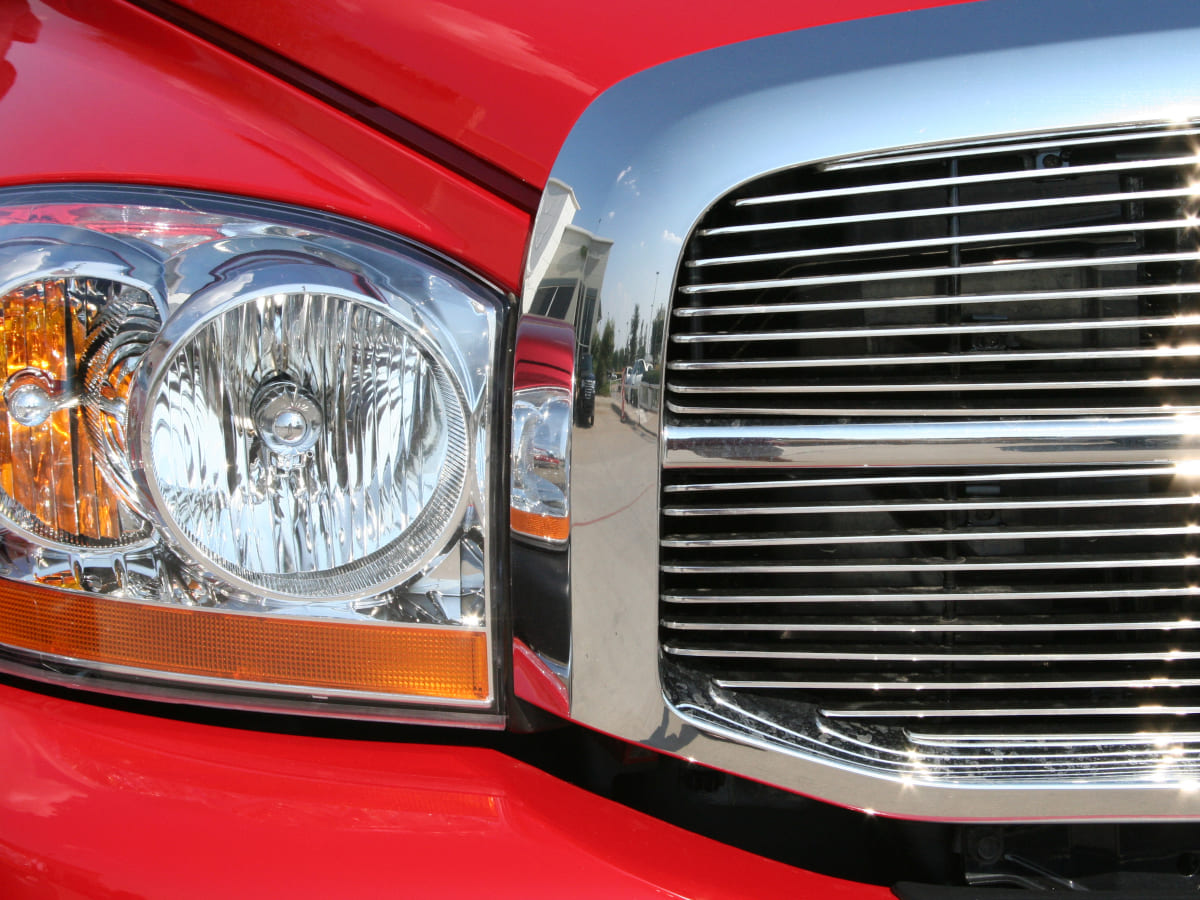
There’s also been an increasing trend toward large grilles, led by BMW and Lexus. This aesthetic choice, although bold, has triggered a combined aesthetic and functional discourse. In certain markets, such as China, large grilles are rather wanted, indicating a combination of luxury and presence.
Nevertheless, the need for such huge grilles is doubted, particularly in electric vehicles (EVs) such as BMW i4, where the traditional cooling requirements are absent. The stylistic evolution of this tendency in the EVs emphasizes brand identity over operational functionality.
3. Excessive Use of Touch-Sensitive Controls

The shift from tactile buttons and knobs to touch-sensitive interfaces marks a significant evolution in vehicle interiors. This is a move towards a more streamlined and futuristic dashboard aesthetic.
However, it comes at a cost. The reliance on touchscreens and touch-sensitive controls has raised concerns over safety and usability.
4. Fake Vents and Intakes
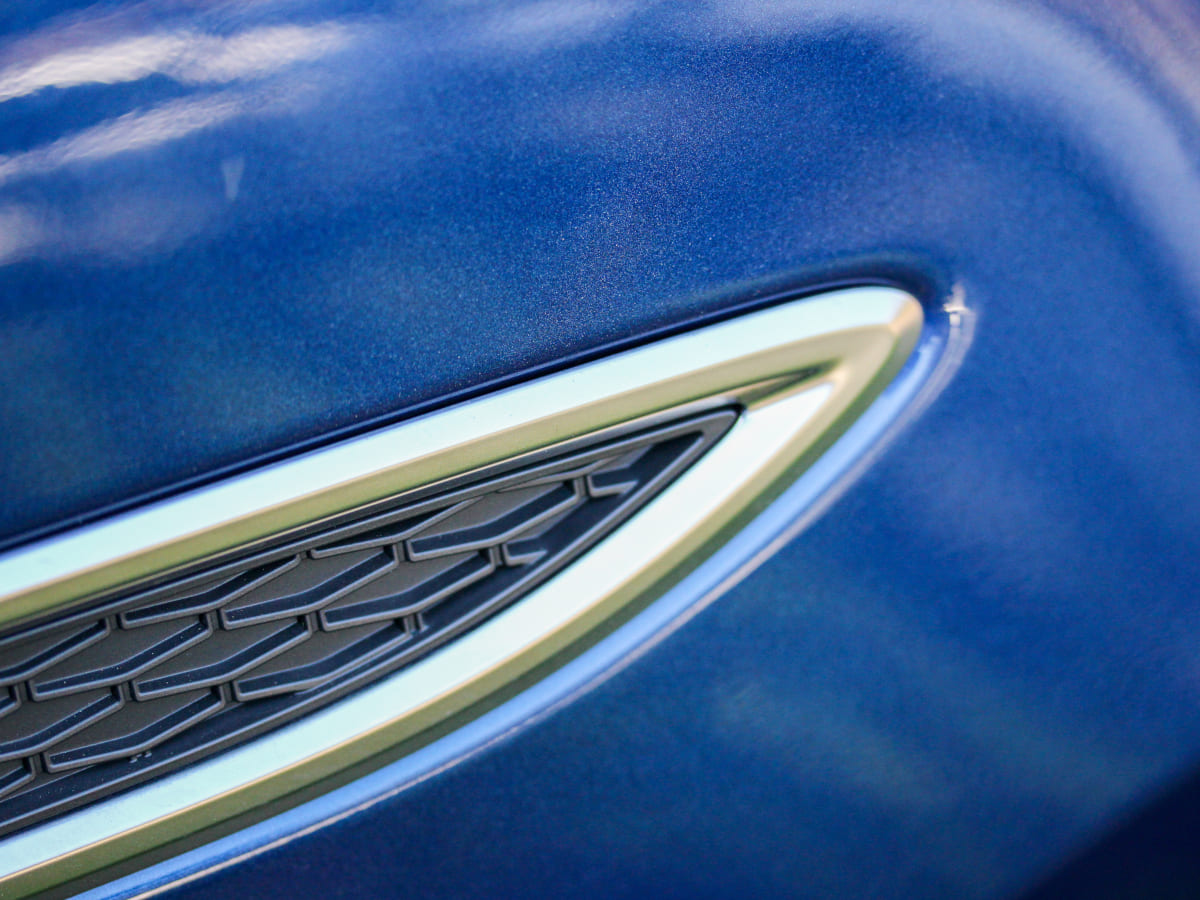
The automotive industry is currently crowded with fake vents and intakes, the fashion that pays more attention to form than function. Some of them have been applied to the likes of the Honda Civic Type R and Toyota Supra.
Reactions are mixed. Even though they tend to improve the sporty looks of a car, they bring with them a concern about the purity of the vehicle design.
5. Sporty Badges Without Performance Enhancements
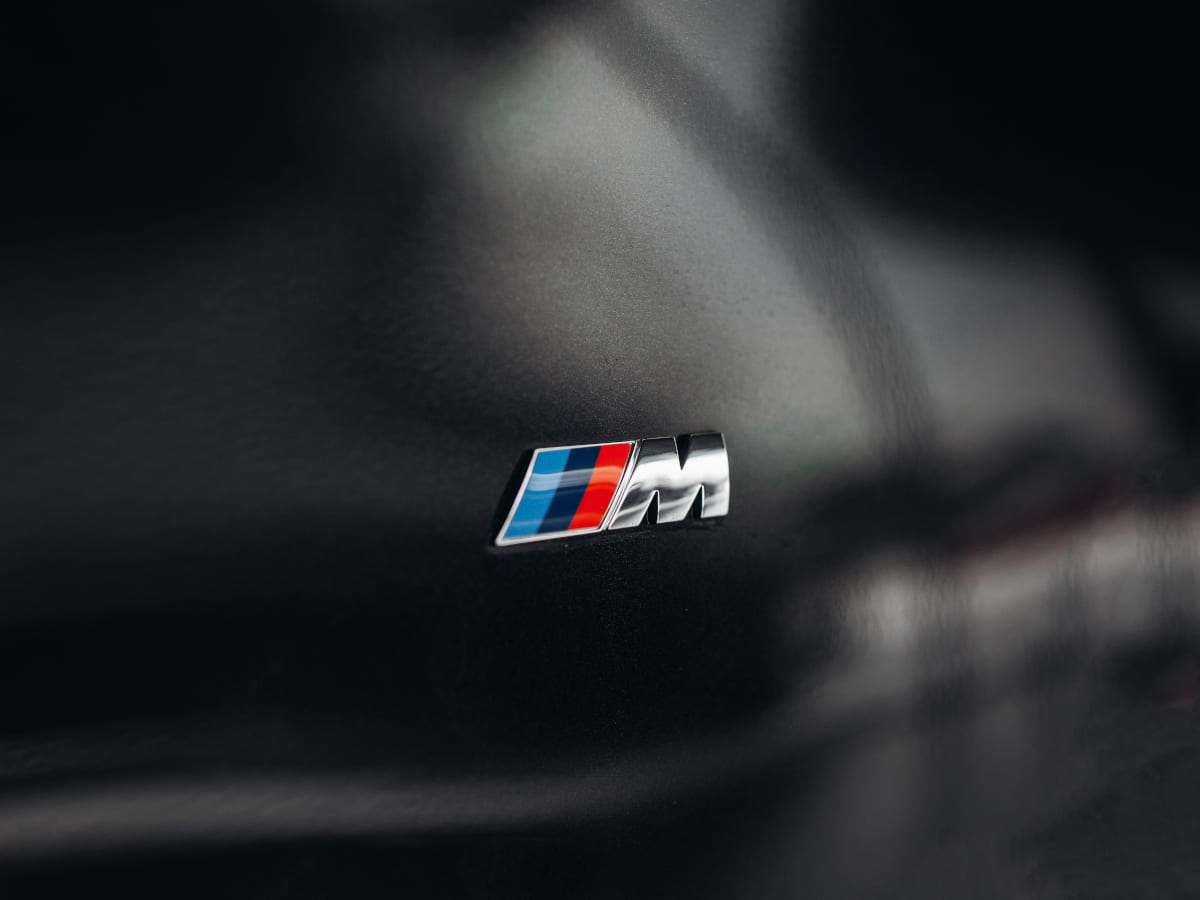
Sporty badges on standard models is a marketing technique that auto companies have been making more use of. For instance, the AMG Line of Mercedes or the M badges of BMW offer the look of high-performance cars without the enhancements.
Although some consumers accept this approach, this has resulted in overall consumer dissatisfaction and threatened brand heritage. The enthusiasts who appreciate the real performance these badges are used to symbolize are stuck doubting the brand’s commitment to real sportiness, initiating a discussion about the real value of these tags.
6. Replacing Side Mirrors with Cameras
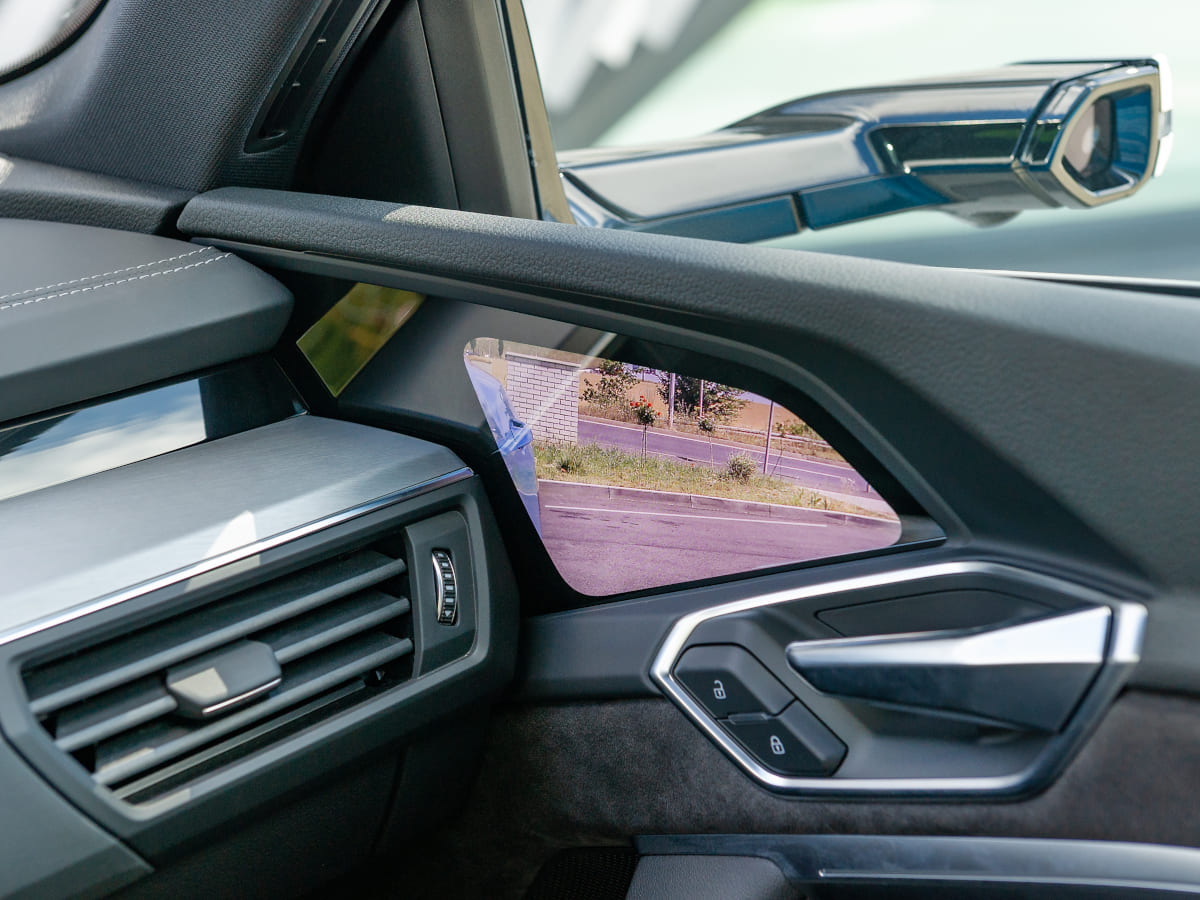
The transition from conventional side mirrors to camera-based systems is a step closer to futuristic automobile layouts and operation. The new design offers better aerodynamics and, possibly, a higher level of safety with wider and obstructed views. Yet, it does not come without its difficulties.
Expensive repairs and replacements, drivers getting used to new visual inputs, reliability issues, and practicality concerns in different weather conditions are all debated. Some commend the progressive approach. However, others wonder if these benefits are worth the troubles of such a huge change in the long-lasting automotive staple.
7. Fake Exhaust Pipes and Tips
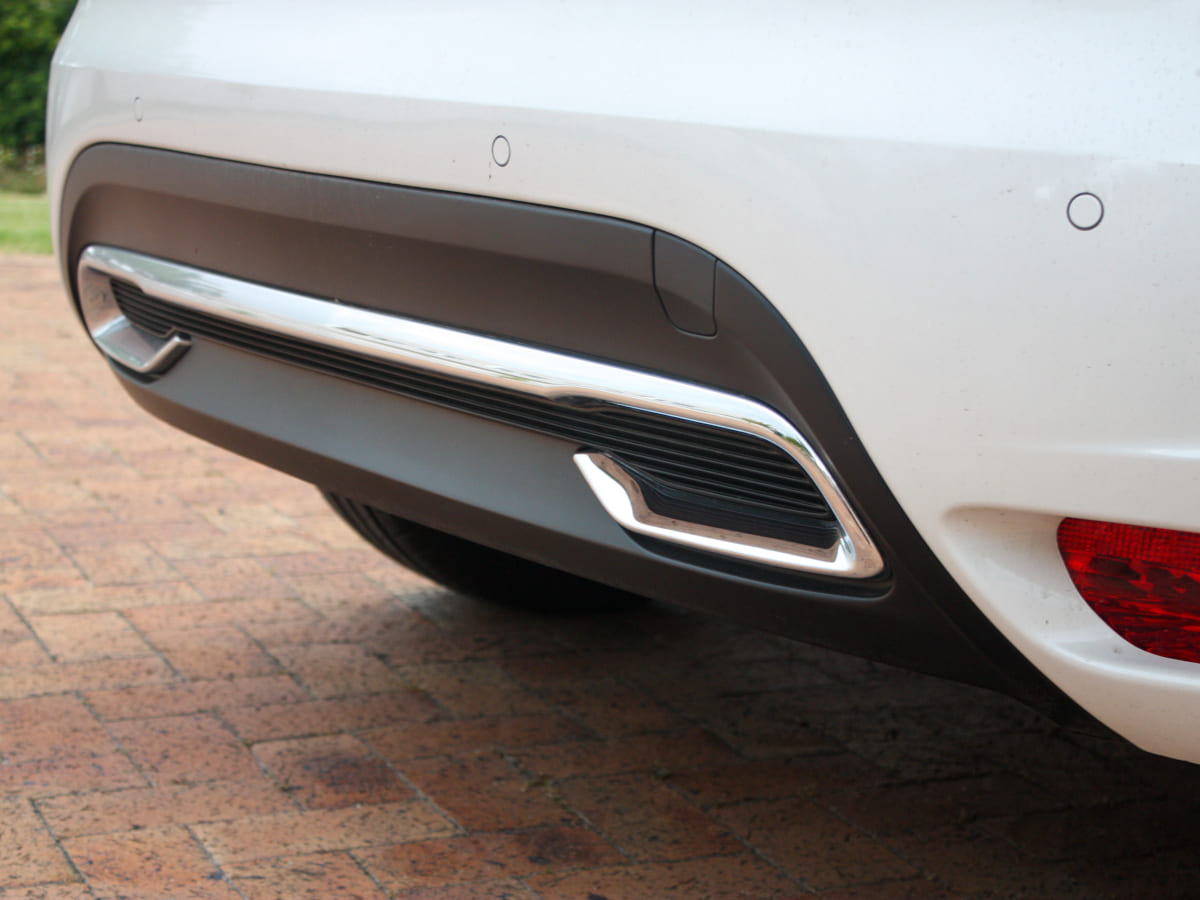
The fake exhaust pipe and tips trend in vehicle design has raised a lot of divided opinions within the automotive community. This design aspect can be noticed in vehicles of well-known brands such as Audi and Mercedes-Benz, and it is intended to deliver a more dynamic look rather than improvements in performance.
Although this may make the car look better to a degree, this questions the design's authenticity and community. Critics say that this trend diminishes the real engineering virtues for which these brands are famous, and they demand a return to true design principles that would represent the actual possibilities of the vehicle.
8. EVs Missing a Frunk
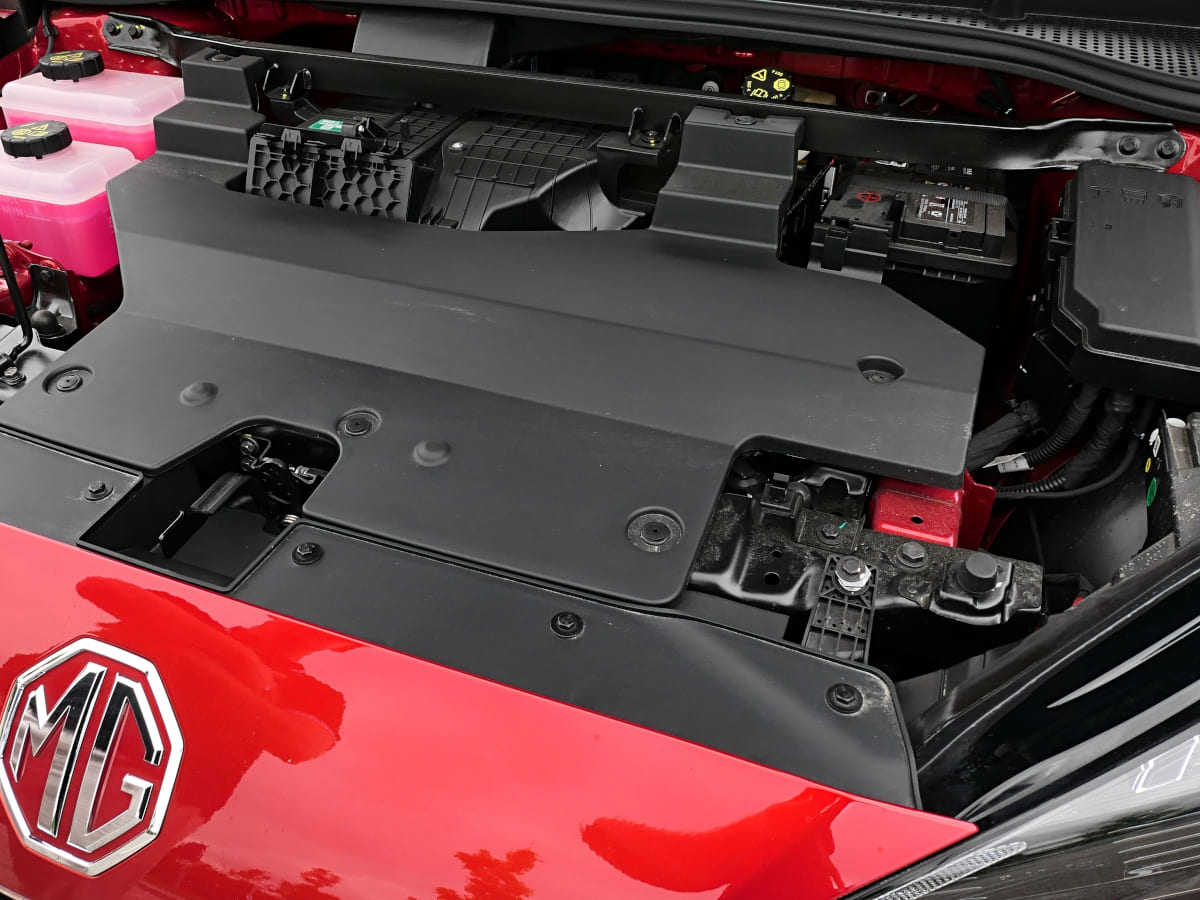
The frunk (front trunk) is one of the expected attractions of electric vehicles, given the extra storage space that can be used due to the absence of a conventional engine. Nevertheless, the potential was not captured by all EVs, leaving the consumers dissatisfied. Prominent illustrations are the Volkswagen ID.3 and the BMW iX, which don’t have this desired room.
In these models, the lack of a frunk is a lost chance to achieve extra versatility and comfort. This, in turn, challenges the idea that EVs are inherently more practical than internal combustion cars. This has spurred debates on the design priorities of new electric models and the need for the consumers’ demand for innovative utilization of space.
9. Confusing Car Naming Conventions
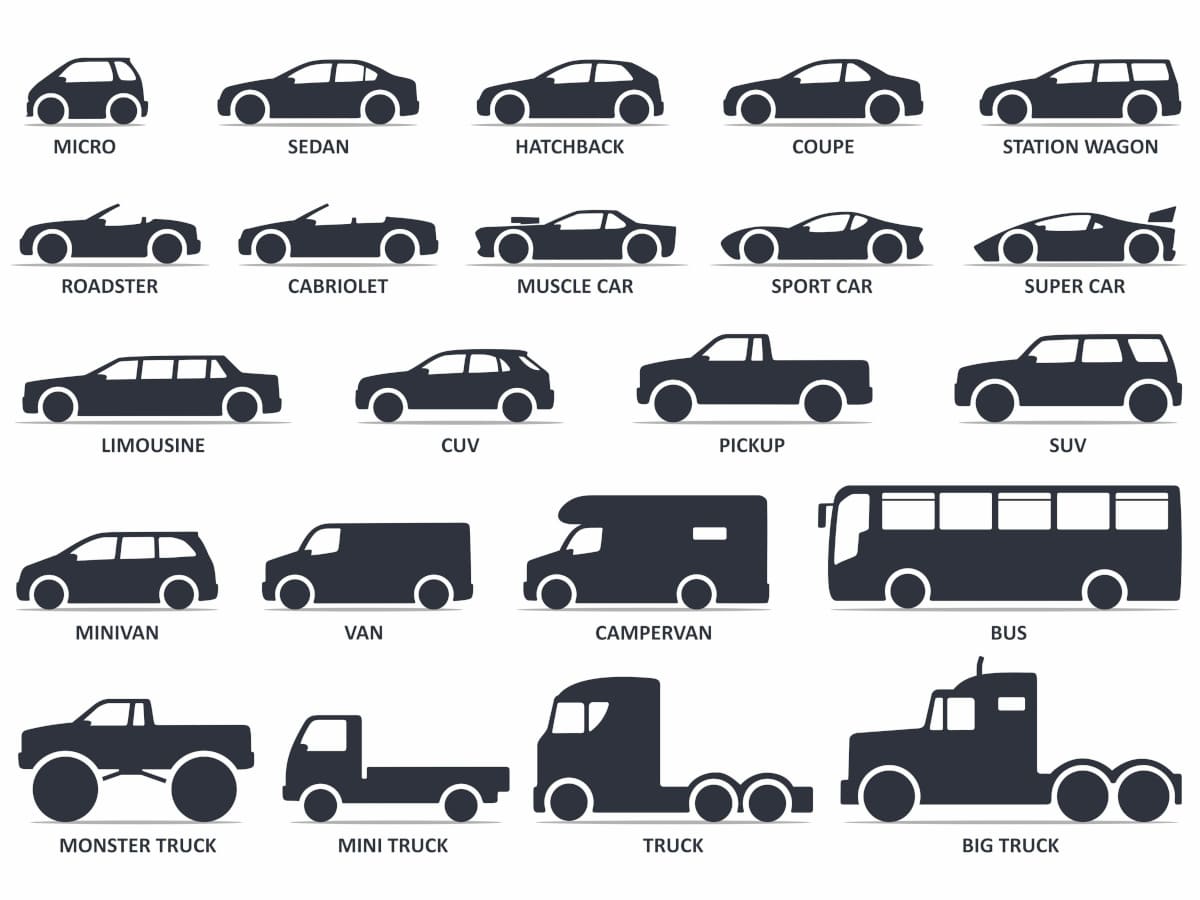
Automakers’ recent penchant for confusing or misleading model names has left consumers and enthusiasts scratching their heads. The Ford Mustang Mach-E and Porsche Taycan Turbo S exemplify this trend, with names that blend traditional model lineage with modern electric vehicle technology.
Purists argue that such names dilute iconic brand identities, conflating historic muscle and performance with unrelated EV characteristics. This naming strategy has sparked debates about marketing practices and the integrity of model heritage, highlighting the challenges of bridging the gap between tradition and innovation in the automotive industry.
10. Artificial Engine Sounds
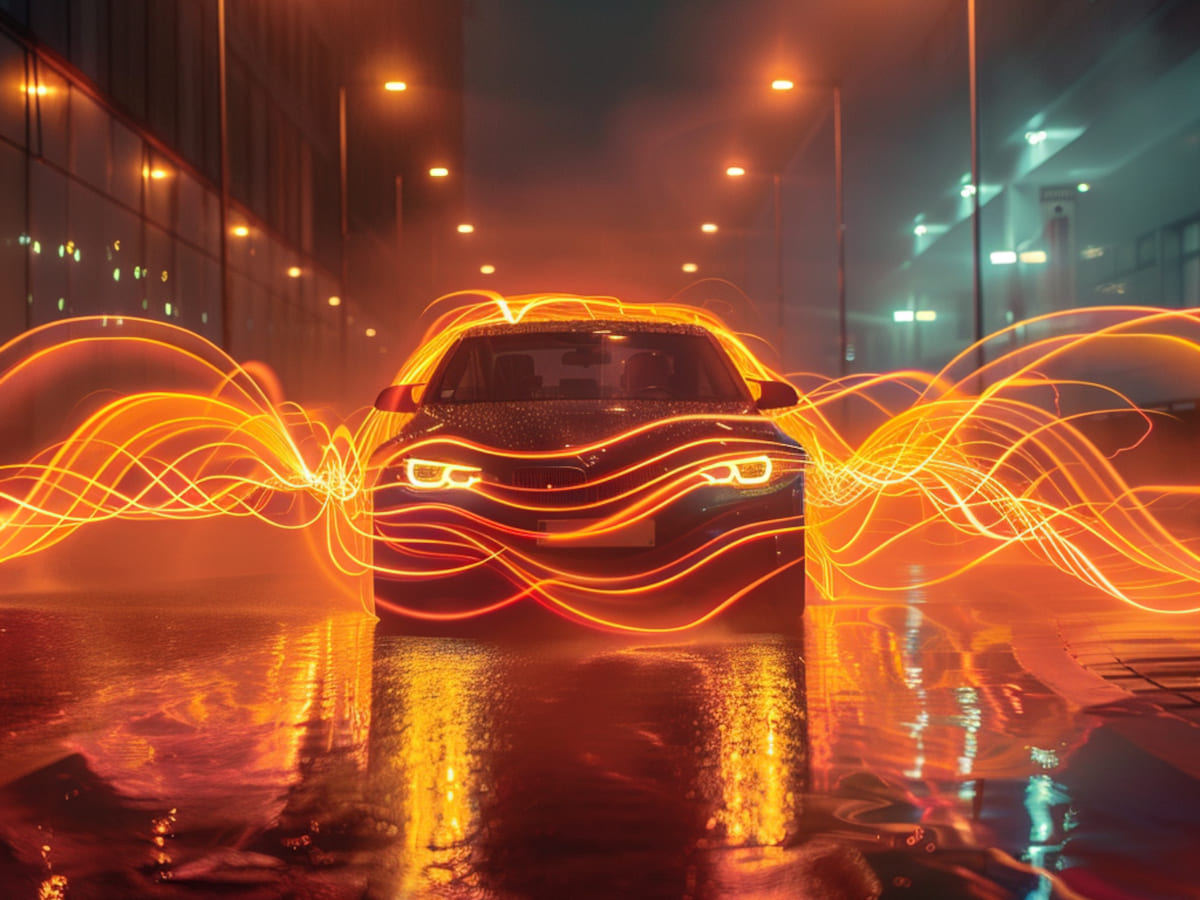
As the auto industry shifts toward electric vehicles, the absence of traditional combustion engine noise has led to the introduction of artificial engine sounds. These simulated noises aim to mimic the auditory experience of driving a gas-powered vehicle, catering to those who miss the roar of an engine.
However, this practice has ignited a debate over authenticity, with purists decrying the artificial enhancement as “gimmicky”. Despite the intention to enhance the driving experience, the reception of these sound enhancements has been mixed, with some appreciating the effort while others call for a more authentic embrace of the EV’s naturally quiet operation.
11. Subscription-Based Features

Automakers have started charging recurring fees for features like heated seats or remote start, which were once included in the purchase price. This shift feels like an insane cash grab, forcing owners to pay for the privilege of using functions already built into their vehicles.
It's already a great expense to pay for the car itself, only to be asked to shell out more for software access. This trend cheapens the car-owning experience, turning it into a constant stream of microtransactions. Buyers expect features to be part of the vehicle package, not a subscription service like a phone app.
12. Unnecessarily Massive Wheels

Huge wheels may look stylish on luxury SUVs, but they often come at the expense of practicality and ride comfort. Massive wheels make vehicles harder to handle, especially on rough terrain, and increase the likelihood of damage like curb rash or blown tires. They also contribute to worse fuel efficiency, higher tire replacement costs, and stiffer suspensions.
What’s worse, many vehicles with oversized wheels are not built for off-road or performance driving, making the size purely aesthetic rather than functional. They add more form than substance, prioritizing appearance over utility.
13. Excessive Black Plastic Cladding
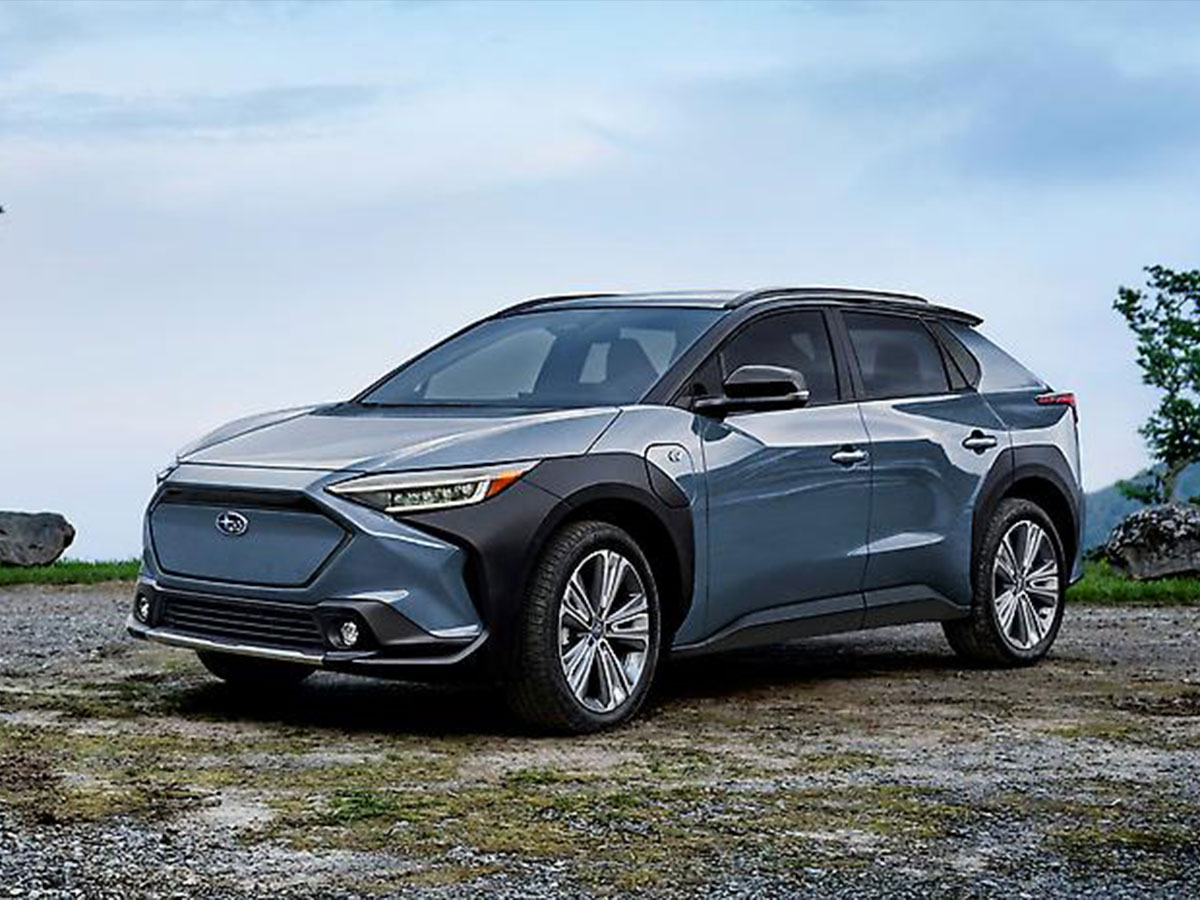
Modern SUVs and crossovers are often covered in cheap-looking black plastic cladding that is supposed to convey ruggedness. Instead, it feels like an afterthought, especially when used excessively, and detracts from the car’s overall design. This cladding fades quickly when exposed to sun and weather, becoming a maintenance hassle for owners.
It also does little to improve off-road durability in many cases, as most of these vehicles will rarely leave the pavement. The overuse of black plastic screams cost-cutting, cheapening even higher-end models in the process.
14. Overly Complicated Infotainment Systems
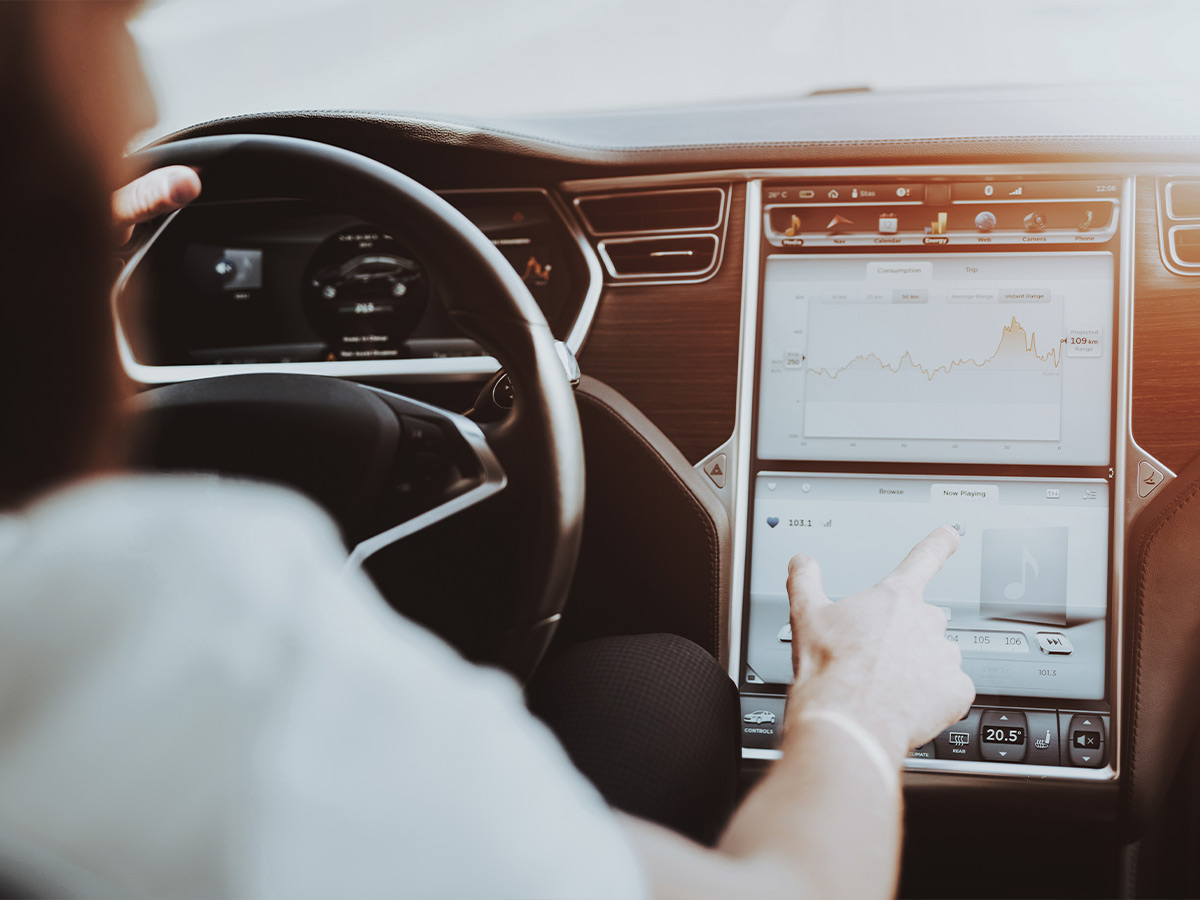
Infotainment systems are becoming more elaborate, sometimes at the expense of user-friendliness. Touchscreen menus with layers of submenus can be a major distraction, making it difficult to access certain features while driving. Voice commands are often unreliable, and screens may lag or glitch, further frustrating drivers.
What used to be simple, like changing a radio station or adjusting the volume, now requires navigating through a complicated interface. This trend puts tech over convenience, making drivers miss the simplicity of physical buttons and dials.
15. Pointless Gesture Controls

Gesture controls were introduced as a promising way for drivers interact with their vehicles. However, in reality, they are often inaccurate, unreliable, and unnecessary. Waving your hand to adjust the volume or skip a track feels unnatural and can be more distracting than just pressing a button.
The novelty quickly wears off, and drivers usually find themselves reverting to traditional controls. Gesture controls add meaningless complexity to the driving experience.
16. Too Much Ambient Lighting

While ambient lighting can add a luxurious and stylish atmosphere to a car’s interior, many manufacturers have gone overboard. Excessive, customizable lighting in a rainbow of colors often feels gaudy and can create unnecessary distractions for drivers.
Flashing, pulsing, or overly bright lighting can be irritating on night drives, contributing to eye strain or headaches. Instead of enhancing the driving experience, too much ambient lighting detracts from it, making cars feel more like nightclubs than functional, comfortable spaces for travel.
17. Tiny Rear Windows
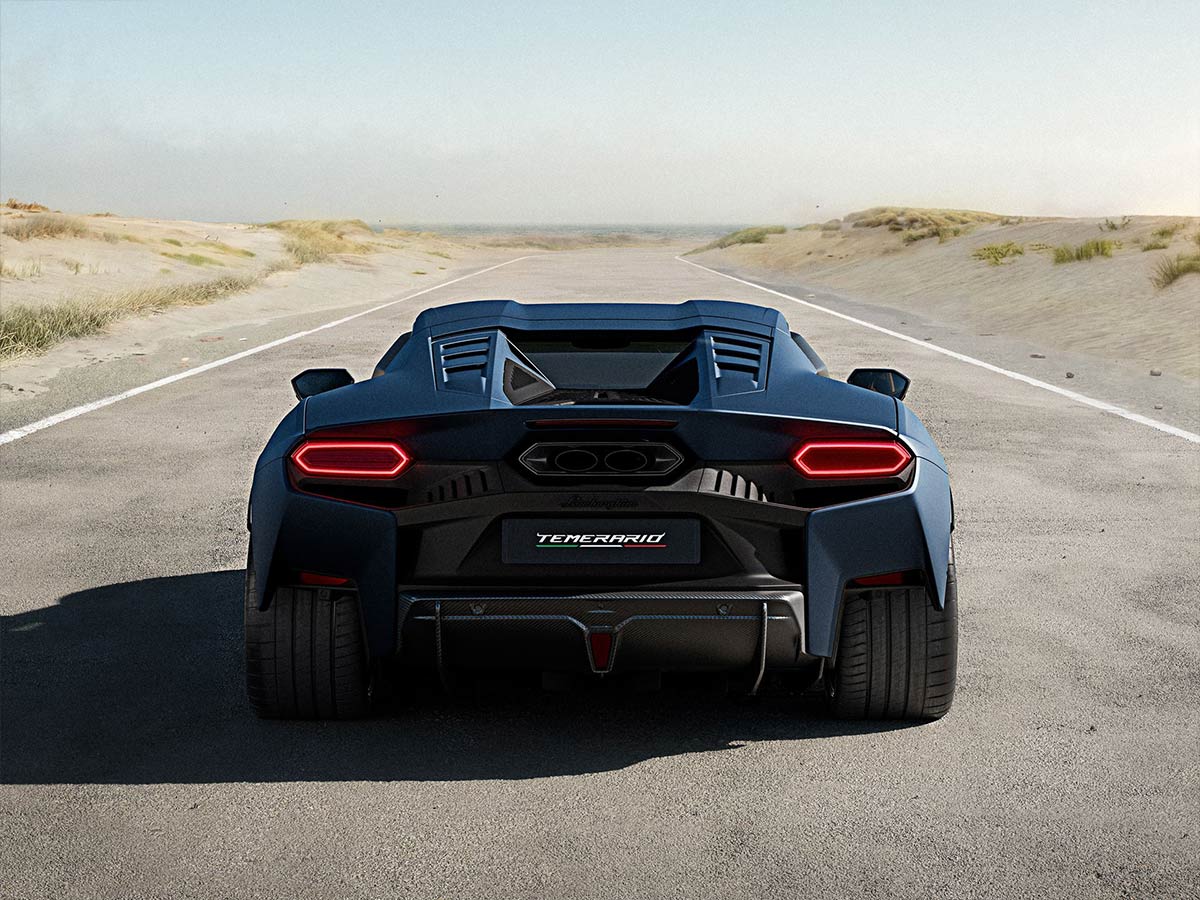
Many modern vehicles, particularly SUVs and crossovers, feature small, narrow rear windows that significantly reduce visibility. Designers often prioritize sleek looks over practicality, leading to cramped rear window openings that make it difficult for drivers to see behind them. This is especially problematic when reversing or changing lanes.
While rearview cameras and sensors help compensate for the limited visibility, they’re not perfect solutions. Drivers often feel disconnected from their surroundings, relying more on technology than their own awareness.
18. No Physical Climate Controls

As more automakers integrate touchscreens into vehicle interiors, many are eliminating traditional knobs and buttons for climate control. This forces drivers to navigate through touchscreens to adjust settings like temperature or fan speed, which can be frustrating and distracting.
Physical climate controls are a more practical and intuitive method, allowing drivers to keep their eyes on the road. In contrast, touch-based controls lack precision, and smudged screens, or laggy interfaces can only make things worse. The absence of physical buttons is a step backward in terms of usability.
19. Exaggerated SUV Coupes
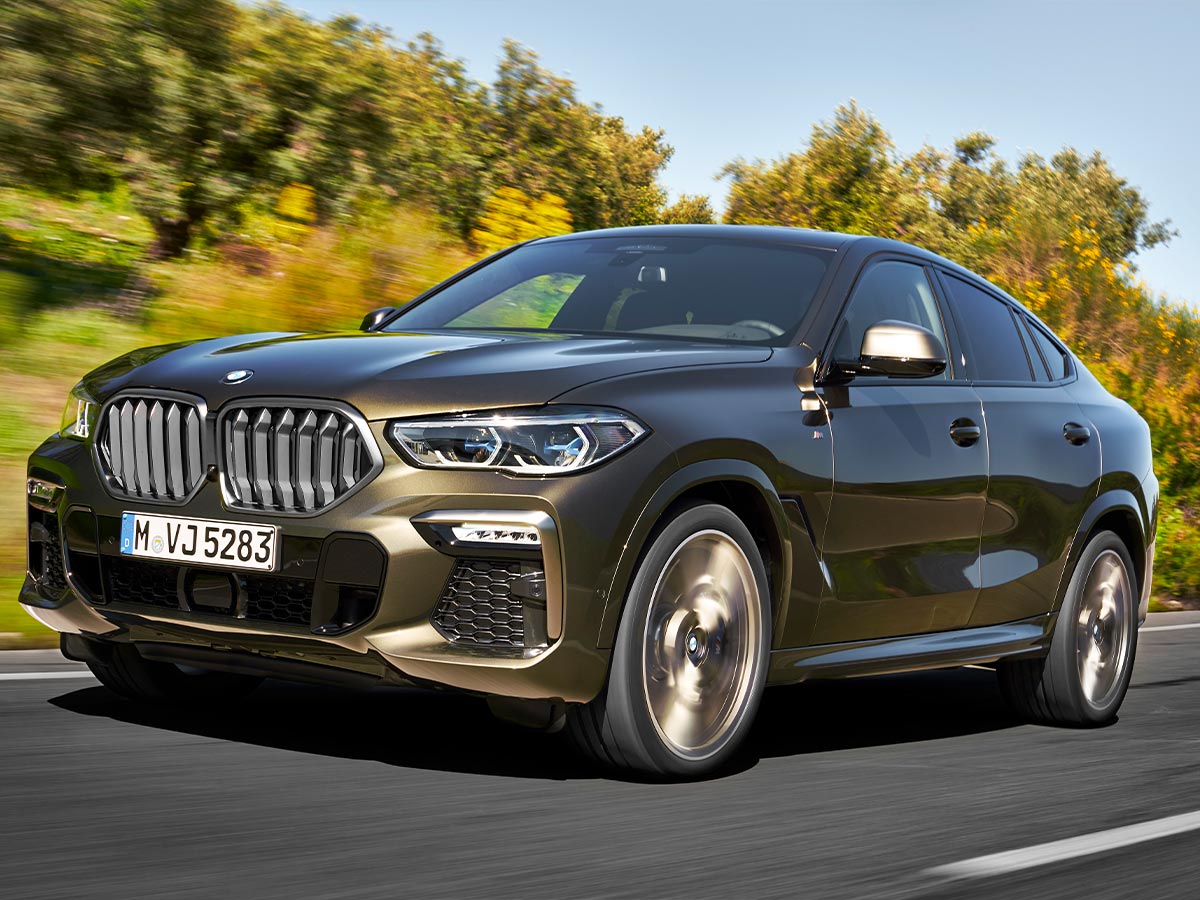
SUV coupes like the BMW X6 try to blend sporty design with utility, but they often fail on both fronts. The sloping roofline drastically reduces rear headroom and cargo space, making the vehicle impractical for families or those needing extra storage.
These vehicles tend to prioritize style over function, leading to awkward proportions and compromised comfort. While they may appeal to niche buyers, most drivers would prefer the practicality of a traditional SUV. Their form sacrifices the core benefits of an SUV, such as space and versatility, for a design statement.
20. Too Many Driver Assistance Alerts

Modern vehicles are equipped with advanced driver assistance systems (ADAS), but these features can overwhelm drivers with excessive or confusing alerts. Lane-keeping assist, collision warnings, and blind-spot monitoring are helpful in theory, but when they bombard the driver with constant beeping, flashing, or steering wheel nudges, they become more of a distraction.
Overly sensitive systems may activate during routine maneuvers, like switching lanes or passing cars, leading drivers to ignore the alerts altogether.
 Author
James Stephens
Last Updated: September 16, 2024
Author
James Stephens
Last Updated: September 16, 2024
